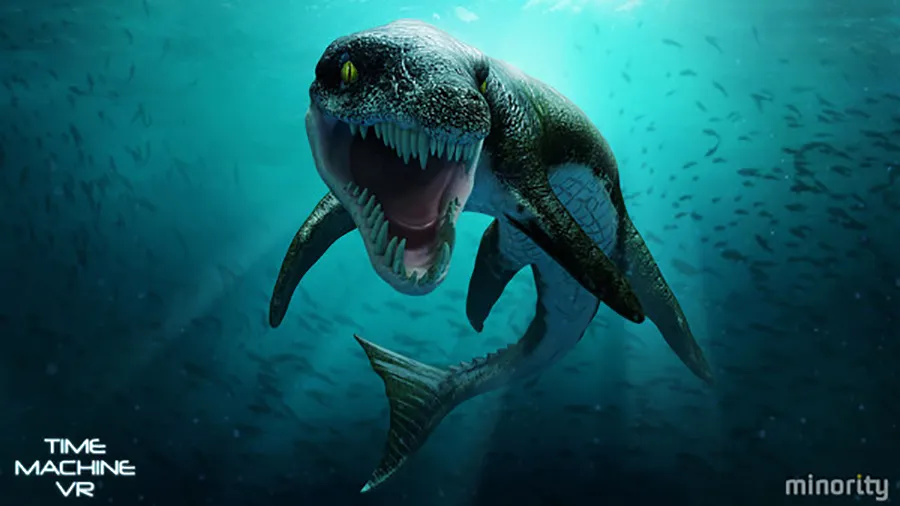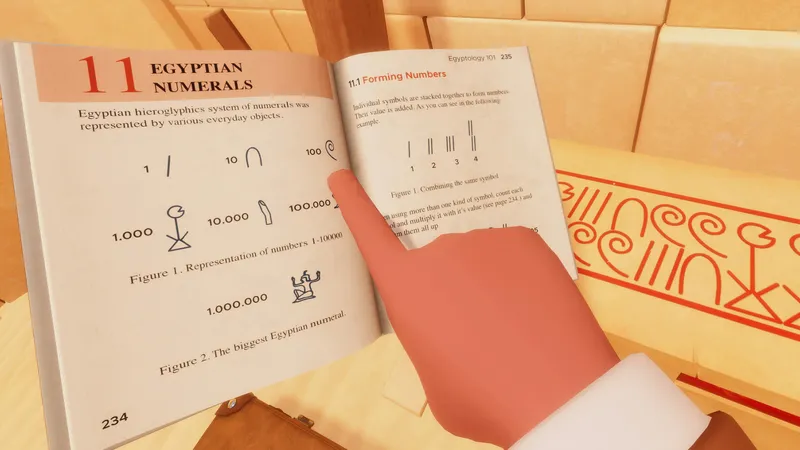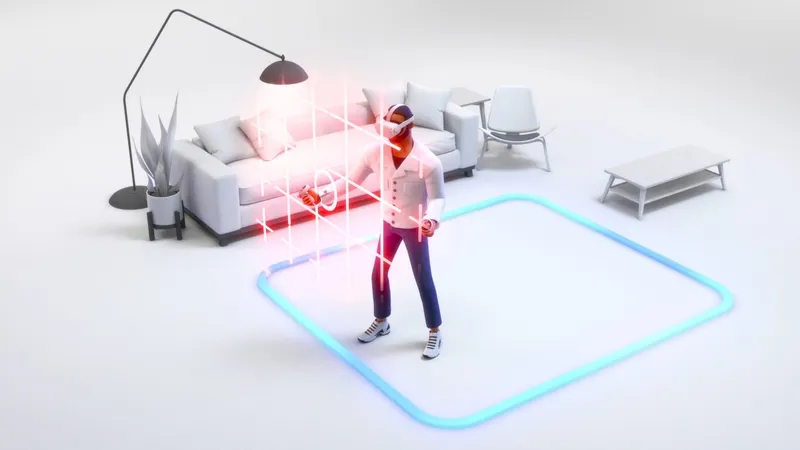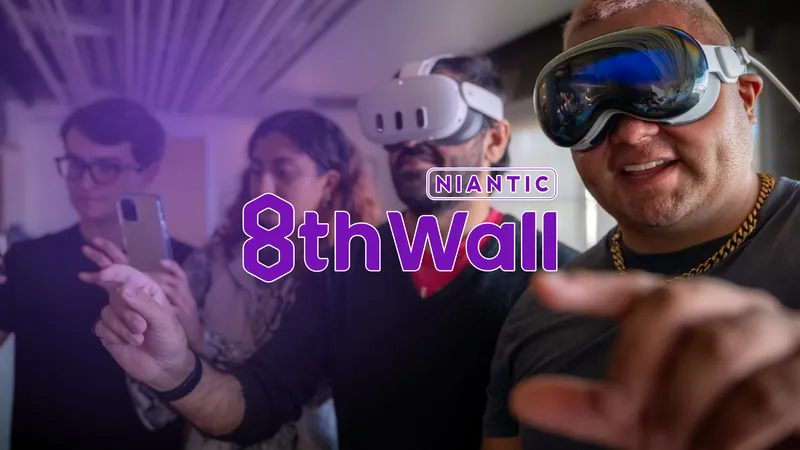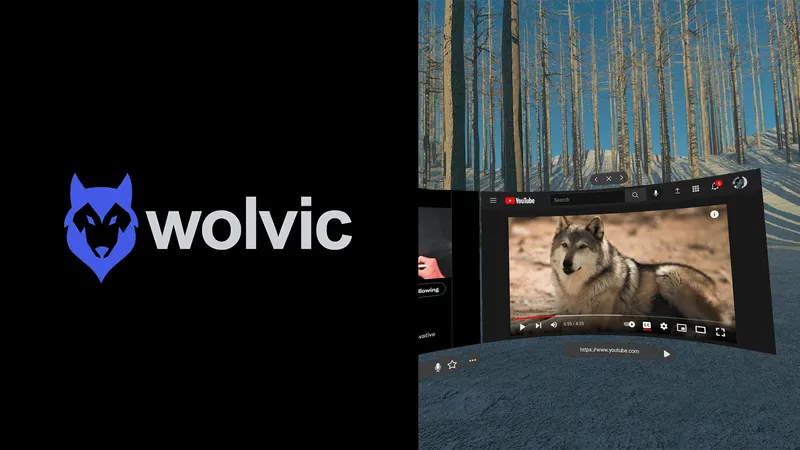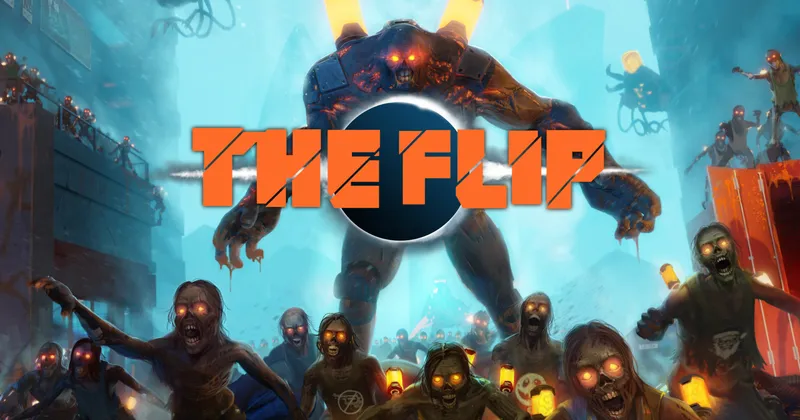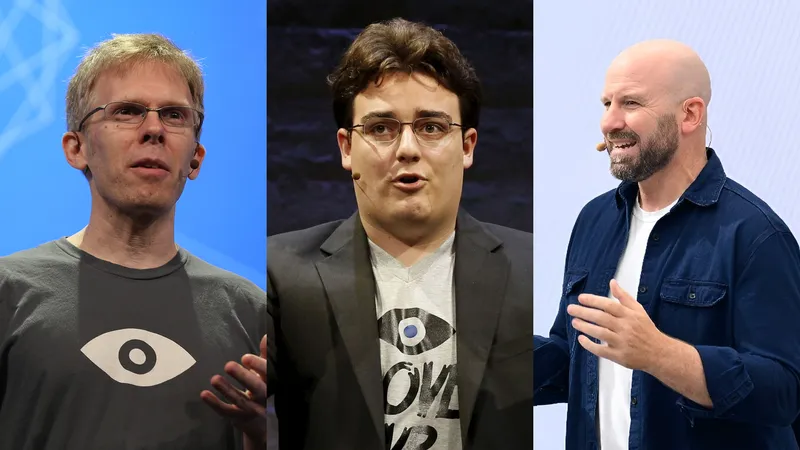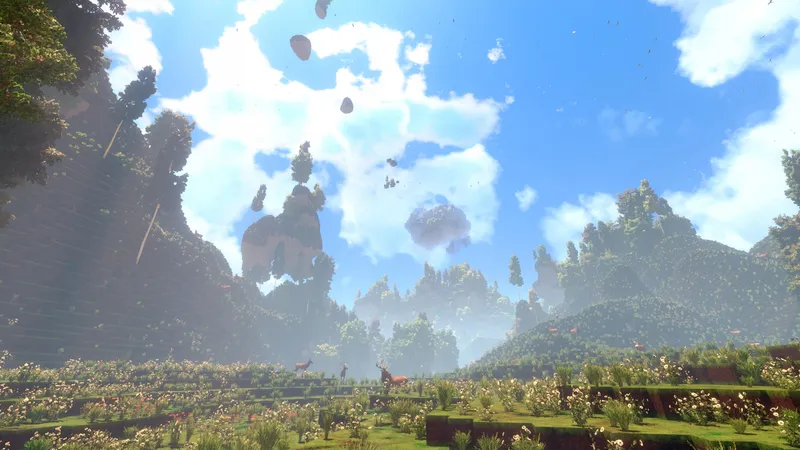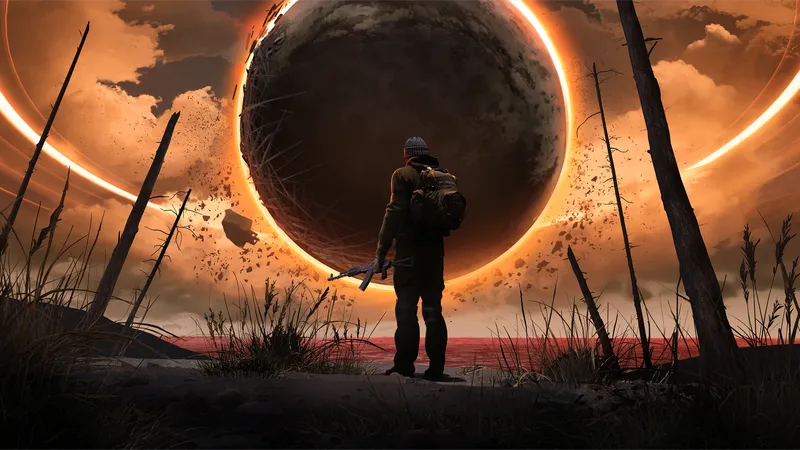In a session at Oculus Connect Patrick Harris, lead designer at Montreal-based Minority Media, offered some lessons at Oculus Connect 2 from his work on Time Machine VR, a game that’s been available on Steam Early access since late last month.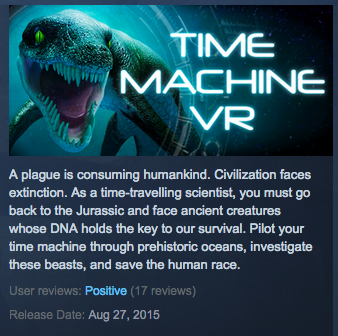
“I have no idea what I’m doing,” he told the Connect audience. “I was completely wrong about how prepared I was to show up and make a VR game.”
The experience and mistakes Harris made working on Time Machine VR led him to re-think how he approaches game design. Even well-used traditional game mechanics like an aiming reticle in the center of the screen has to be redesigned in VR, Harris discovered, because if you adapt a classic reticle from a 2D screen to the stereoscopic view inside a VR headset, each eye sees a slightly different location for where the reticle sits. If you try aiming that way you’ll miss because your mind can’t decide which eye is seeing the true location for where the reticle is aimed.
Something else he tried was putting indicators in the corner of the screen to show the player he or she can’t use their tool or weapon for a few seconds. He only realized through trial and error that in VR there is no corner of the screen and the periphery is a really bad place to put an important indicator.
His solution to both problems was to redesign the indicators to be located in the center of the screen and the center of the field of vision. With the reticle, a kind of “holographic tube” helps provide a greater sense of where the person is aiming and the cool-down indicator is in the same region.
“Be prepared to fail hard at the fundamentals of game design,” Harris told developers. “Fail a whole bunch, learn from it, write new rules and send them to me so I can stop screwing up Time Machine.”

